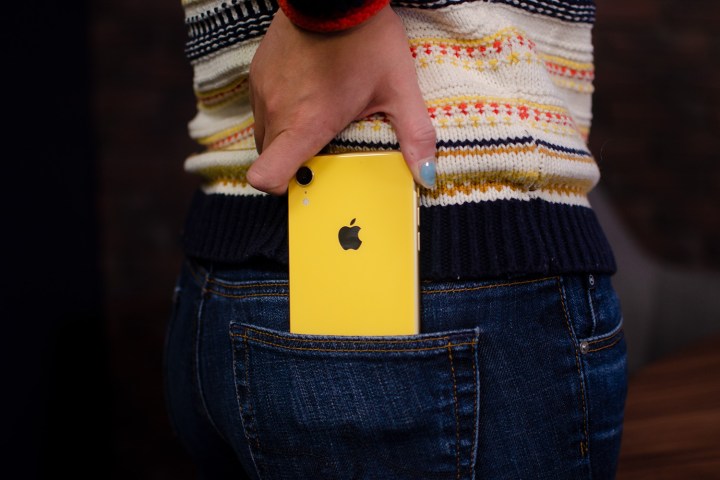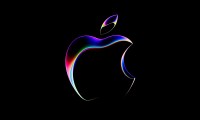
Your iPhone is already practically indispensable, storing messages, photos, contacts, banking apps, payment cards, boarding passes, and so much more. In Apple’s iOS 13, the stage is being set for it to one day also become the main form of personal identification you carry, due to the company opening up its NFC feature beyond Apple Pay. By doing this, official identification — from passports to driving licences — could eventually be stored in your phone, creating a digital representation of the hard copy in your hand.
How it works
Apple introduced the Core NFC framework with iOS 11 and the iPhone 7 series, and will make significant changes to it for iOS 13, which arrives this fall. Currently your iPhone reads basic NFC Data Exchange Format (NDEF) tags. This is used to understand tags that contain simple information, like URLs, and to enable Apple Pay. Developers are locked out from making further use of NFC.
In iOS 13, Apple will update and open Core NFC to read more complex
Apple will still have considerable control over
What will I be able to use it for?
Apple has wanted the iPhone to replace everything in your wallet for years. In 2015, Apple’s Eddy Cue said in an interview that its long-term goal was for the device to replace your physical passport and driving licence. Add this to Apple Pay and Apple Wallet’s ability to do everything from pay for goods to store tickets and boarding passes, and it’s easy to see why you’d only need your iPhone when you leave the house.

Now, four years after that interview, the technology is catching up. However, don’t get too carried away just yet, there is still work for Apple to do. For a start, because iOS 13 is still in beta at the time of writing, there are no official apps available at the moment, but announcements are being made that give us an idea of what’s to come.
Japan was one of the first to announce it will make use of the iOS 13’s
Germany is also doing something similar with its national ID card, residence permits, and most interestingly, biometric passports. The German government said it will update the AusweisApp2 app to support the new
The more devices able to hold official digital documents, the greater the development will be around the technology.
ReadID, the company behind the verification technology in the EU Exit app, said Apple’s entrance into the wider world of
The U.K. has been experimenting with adding other official identification to Apple Wallet for a while. In 2016, former CEO of the Driver and Vehicle Licensing Agency (DVLA) tweeted a photo of an iPhone with a U.K. driving licence inside the Apple Wallet app, indicating it wants you to be able to add government-issued identification to the platform. iOS 13 will make this possible.
Don’t throw any documents away just yet
These are exciting developments, and adding a passport and driving licence to the iPhone has taken another step closer to reality. Are we still far away from it actually happening? Apple’s move is important because the more devices able to hold official digital documents, the greater the development will be around the technology.

Android phone owners will be aware their phones have been able to do many of these things for a while, as
Developing the apps is just the start. These are official, government-issued documents, and with that comes bureaucracy, privacy concerns, security considerations, and more bureaucracy. For good reason too as the apps and digital documents must be safe, secure, and highly resistant to fraud or theft before we will be confident enough to use them.
Solving these issues will be followed by governments all over the world needing to put guidelines, methods, and potentially new technology in place to officially accept digital versions at airports, police stations, hospitals, and other places. It’s not going to be a speedy process.
Additionally, while the idea of using digital versions of these documents to make our real lives easier is exciting, they may initially be used to only make our digital lives easier. Proving identity online at the moment often means using a credit card, or by sending scanned versions of ID forms or documents. A digital driving licence or passport would make signing up for services like a bank account far faster and more secure; as well as being quicker to implement than in offline scenarios.
Dark mode, the photos app, and Sign in With Apple may have captured iOS 13 headlines at first, but the changes to




